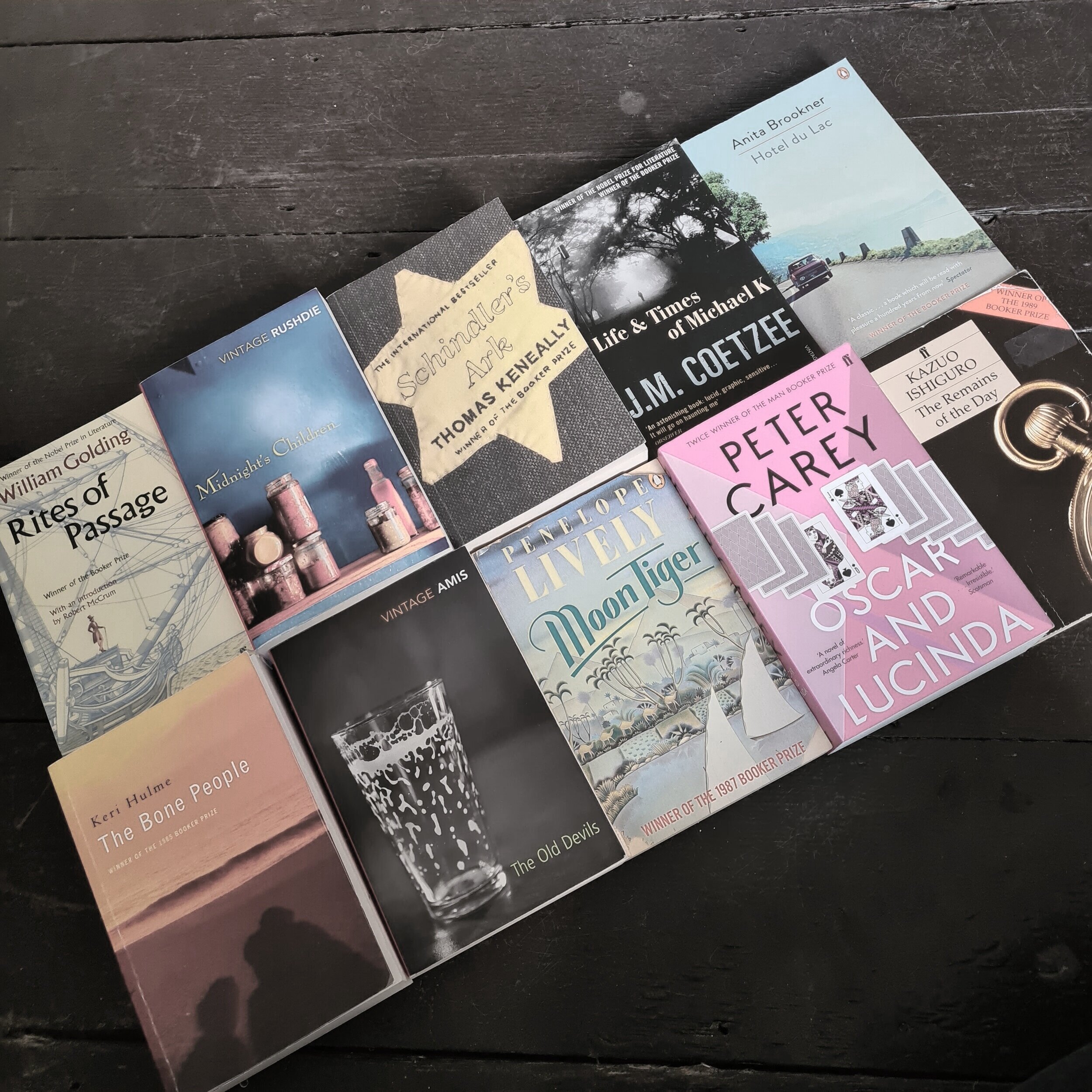
The Booker in the 2010s
The 2010s were a hugely significant decade for the Booker, largely due to the shift in rules which came into place in 2014. From that year onwards, the Prize was open to all novels published in the English language, replacing the long-held (and many might say, dated) criteria that focused on authors of British, Irish and Commonwealth heritage. This shift led to a lot of hand-wringing and fretting about the potential “domination” of the Prize by US authors, and a dilution of what the Prize stood for.
Bring Up The Bodies (2012)
Bring Up the Bodies is the sequel to Mantel's 2009 Booker winner, Wolf Hall. It continues to follow the life of Thomas Cromwell, blacksmith's son now risen to Master Secretary to the King's Privy Council. King Henry VIII is tiring of his second wife Anne Boleyn, who has yet to bear him a male heir, and beginning to fall in love with Jane Seymour, a former attendant to the Queen and inhabitant of Wolf Hall.
The Booker in the Noughties
The Booker in the Nineties was all big ideas, grand narratives and excess, a decade distilled in book form under the glare of the tabloid press. In some sense this held true as the new millennium rolled over… and it some senses, well, it didn’t at all. As in the rest of life, and culture, the Booker in the Noughties felt more fragmented. More individual stories shining a light on hitherto ignored groups, but with the dominant Bookerati never too far around the corner.
Wolf Hall (2009)
Wolf Hall is the first part of Mantel's trilogy telling a fictionalised version of the life of Thomas Cromwell, chief minister of Henry VIII from 1534 to 1540. This first novel covers the years 1500 to 1537, beginning with an account of Cromwell's youthful abuse at the hands of his blacksmith father, and ending with the execution of Thomas More, with Cromwell overseeing as one of the most powerful men in the country.




